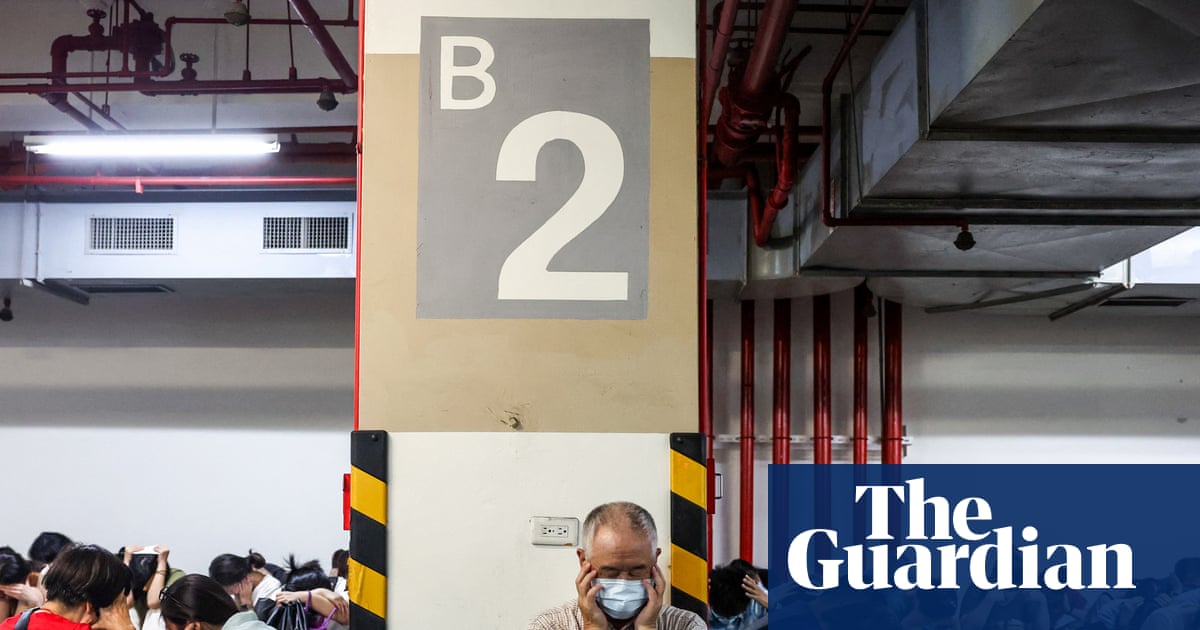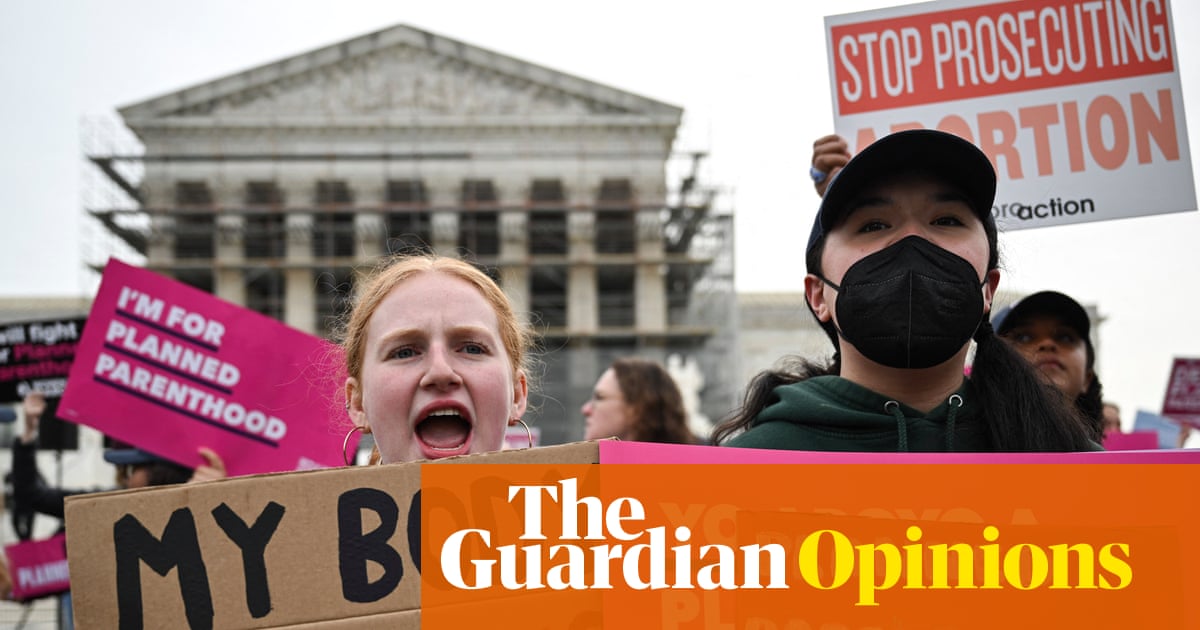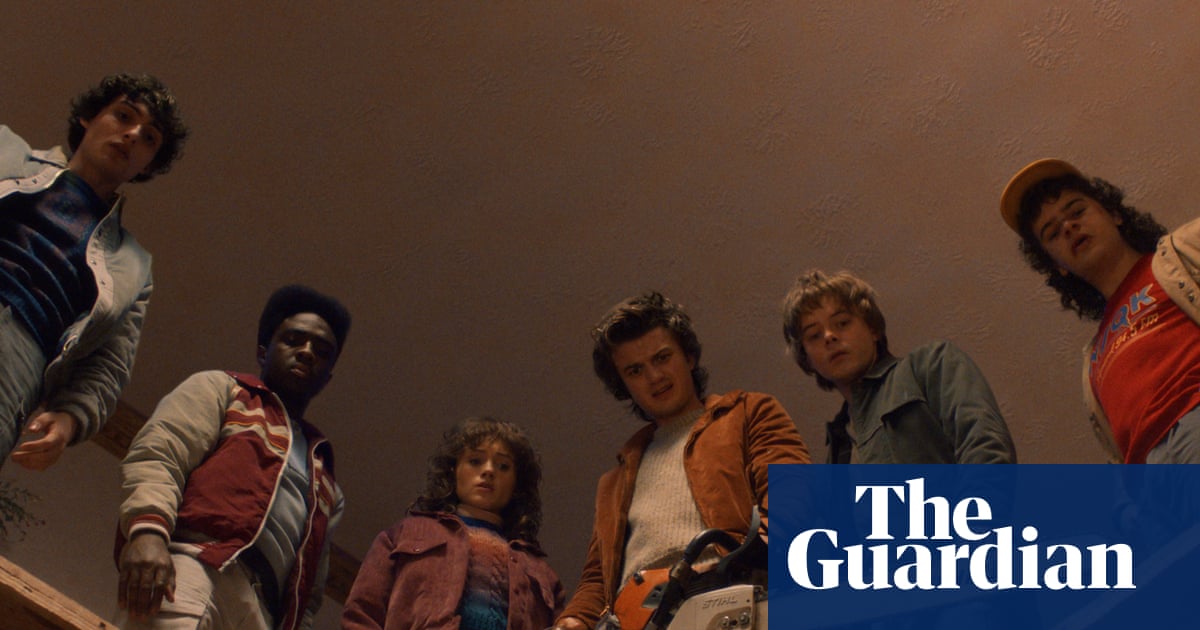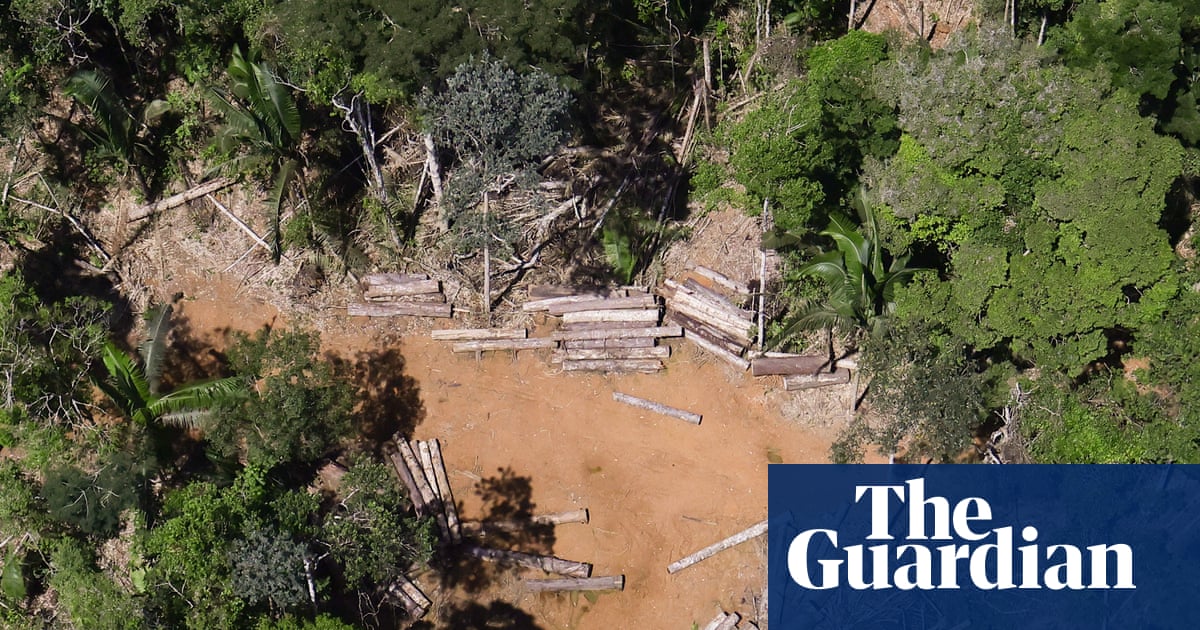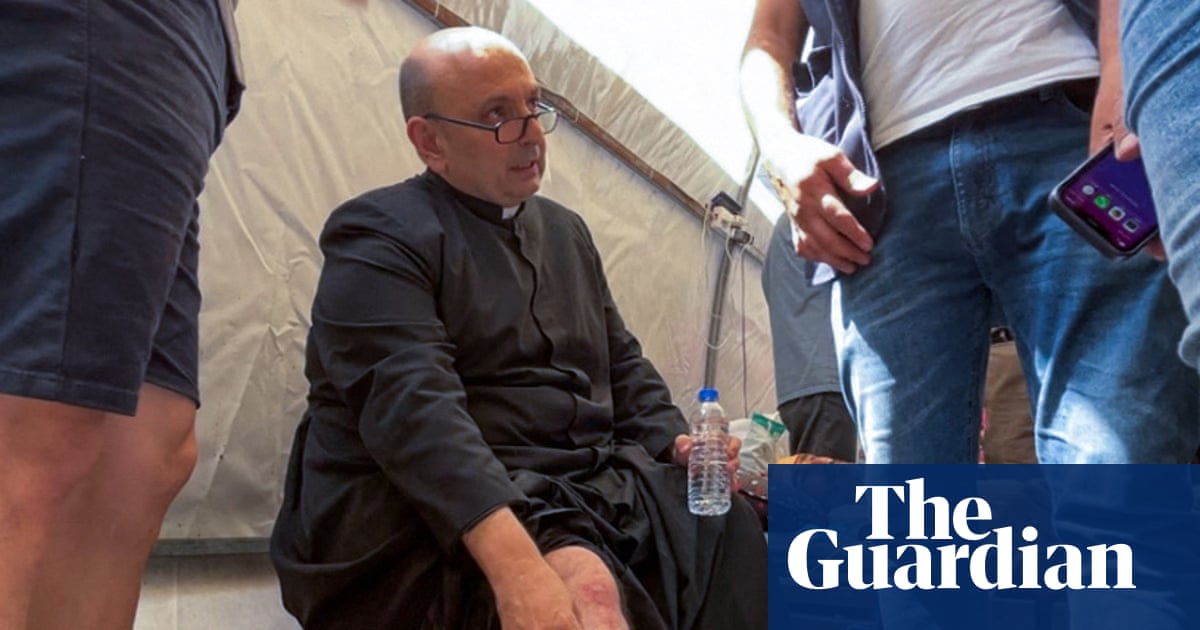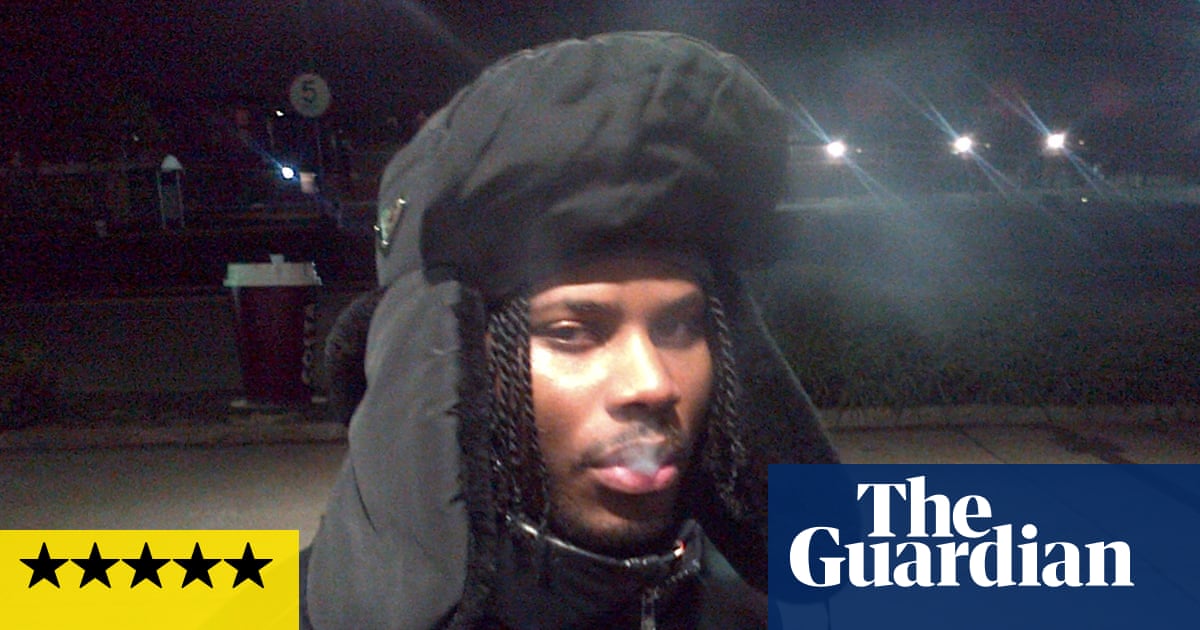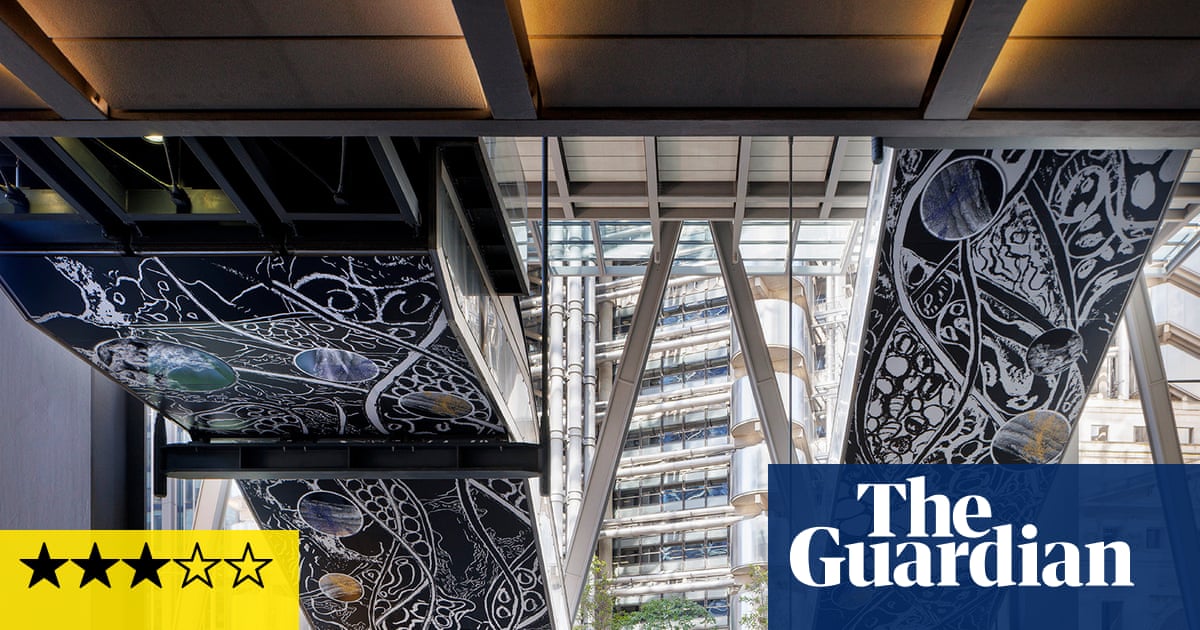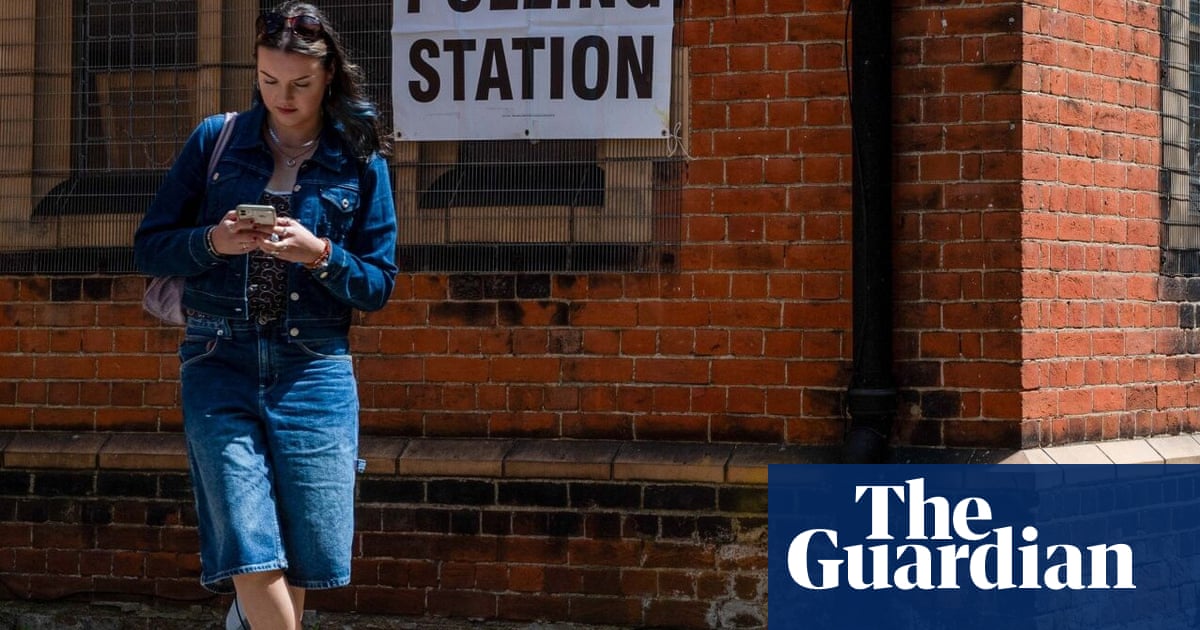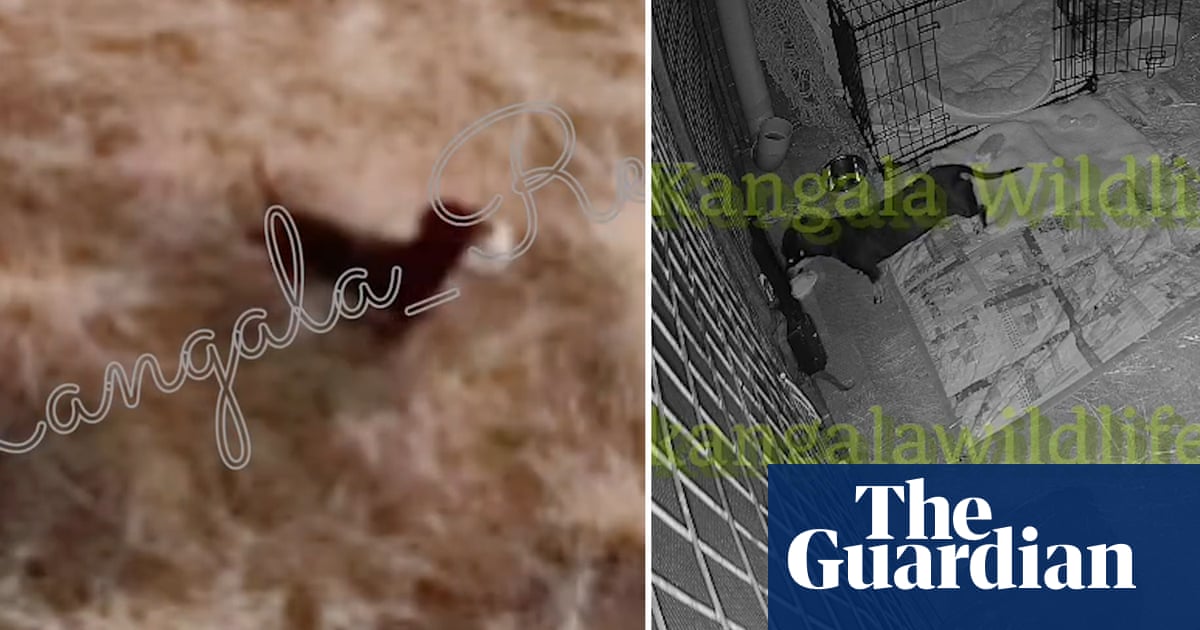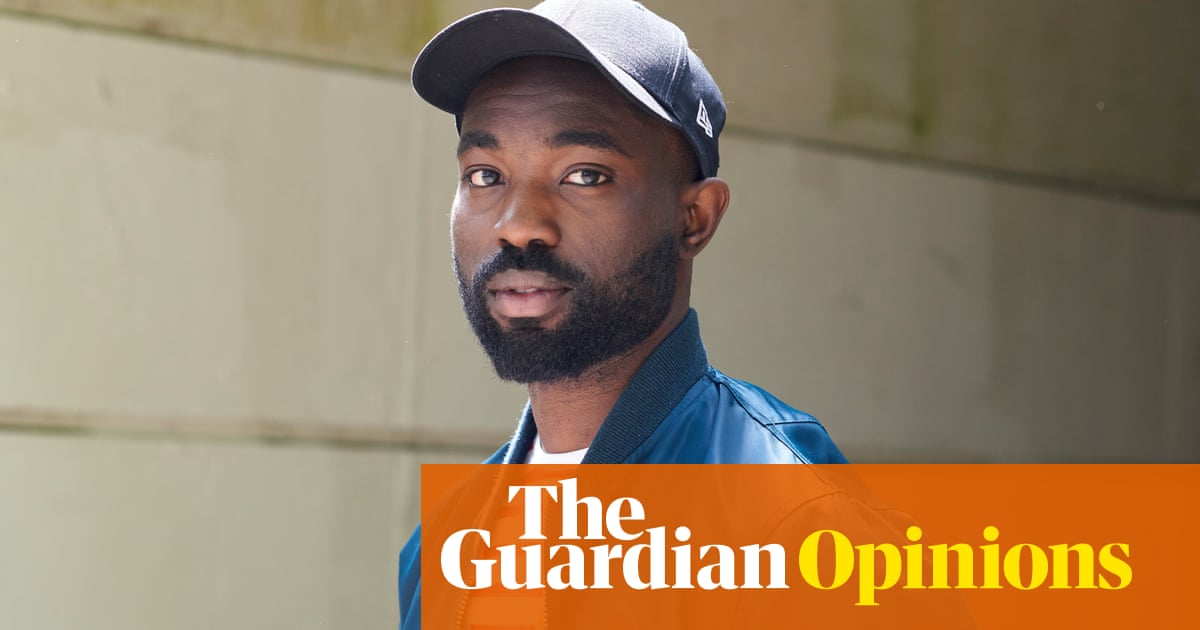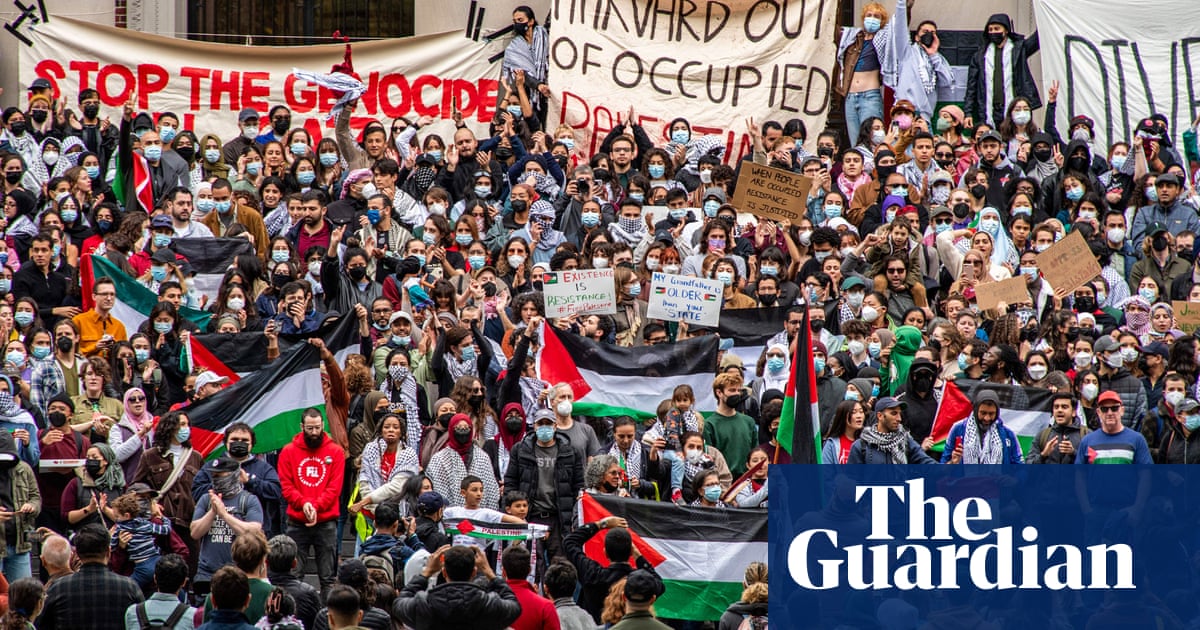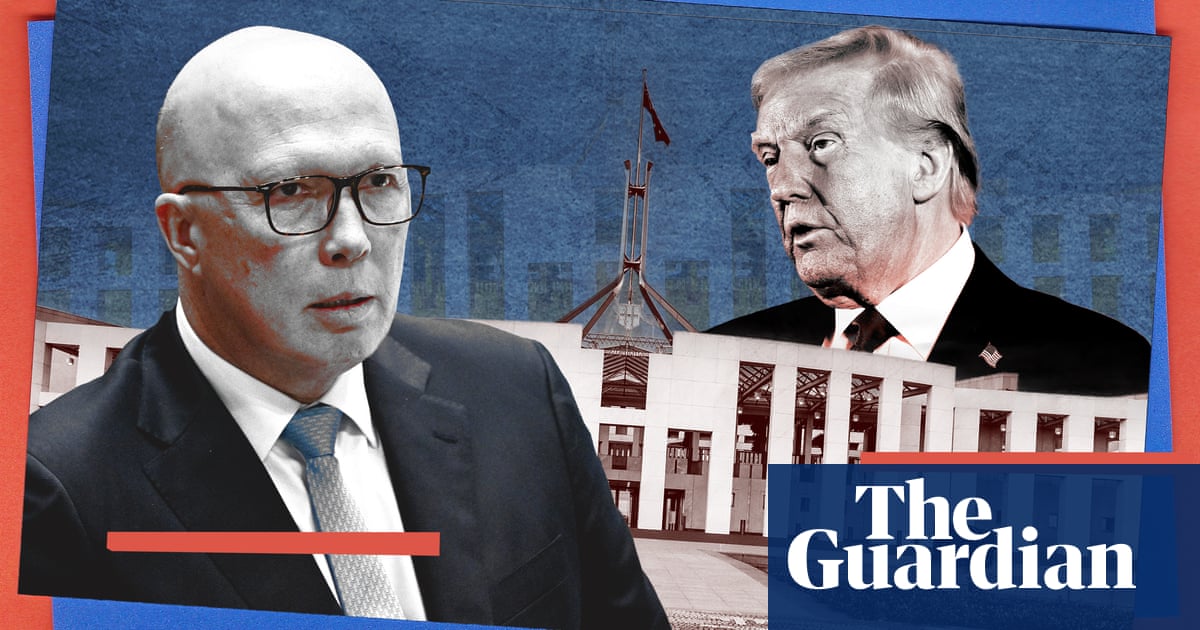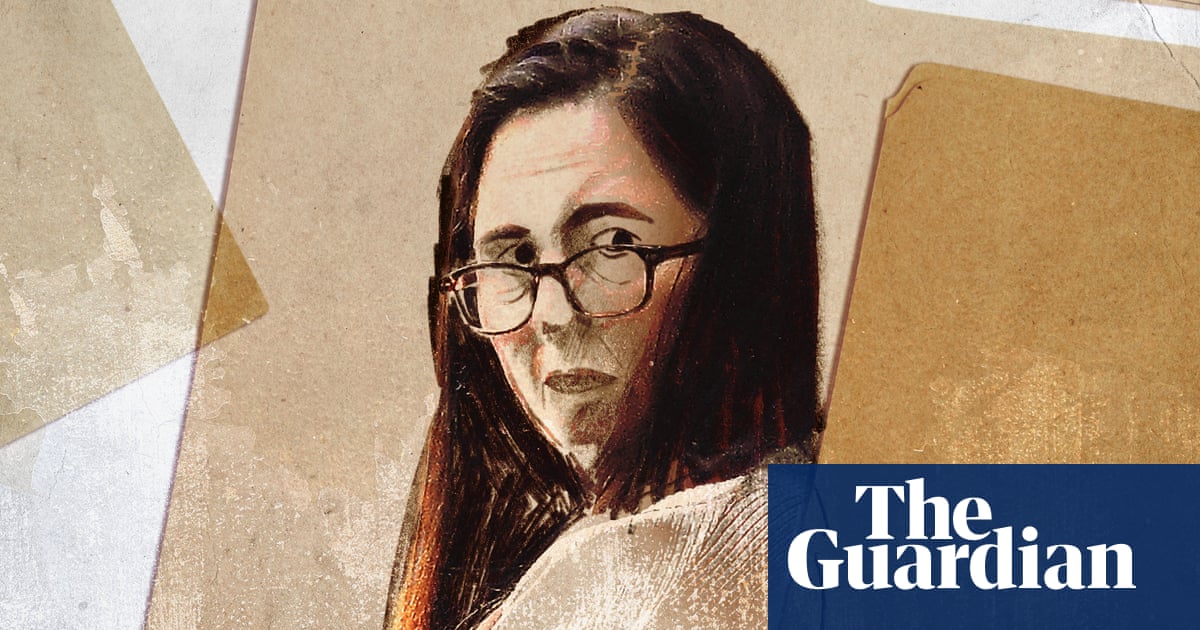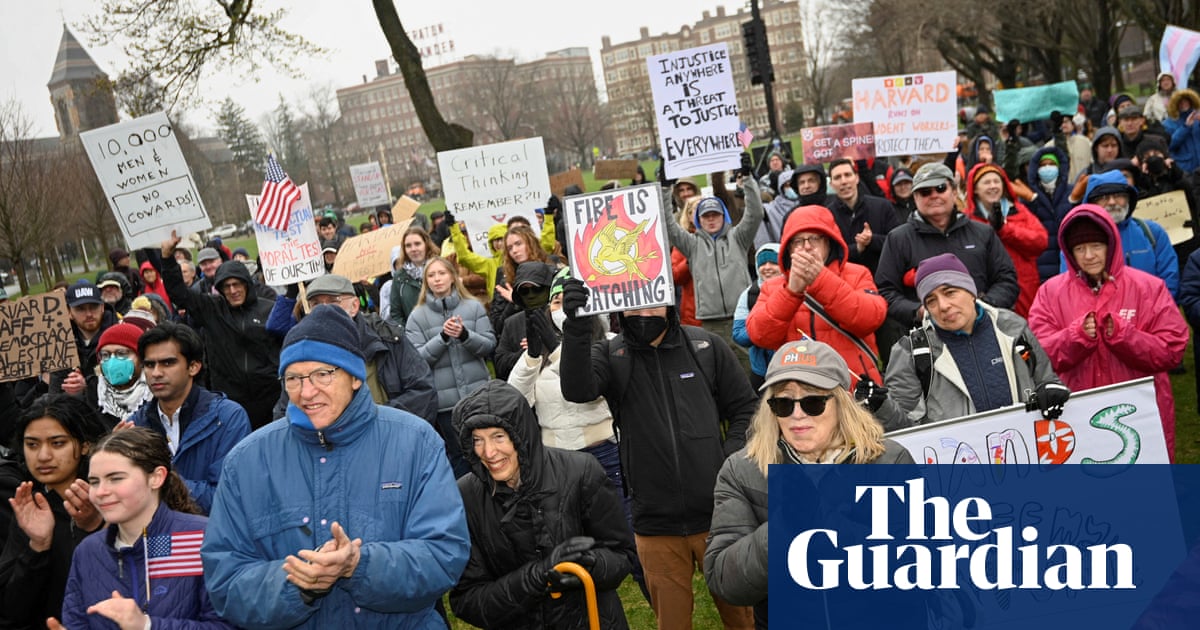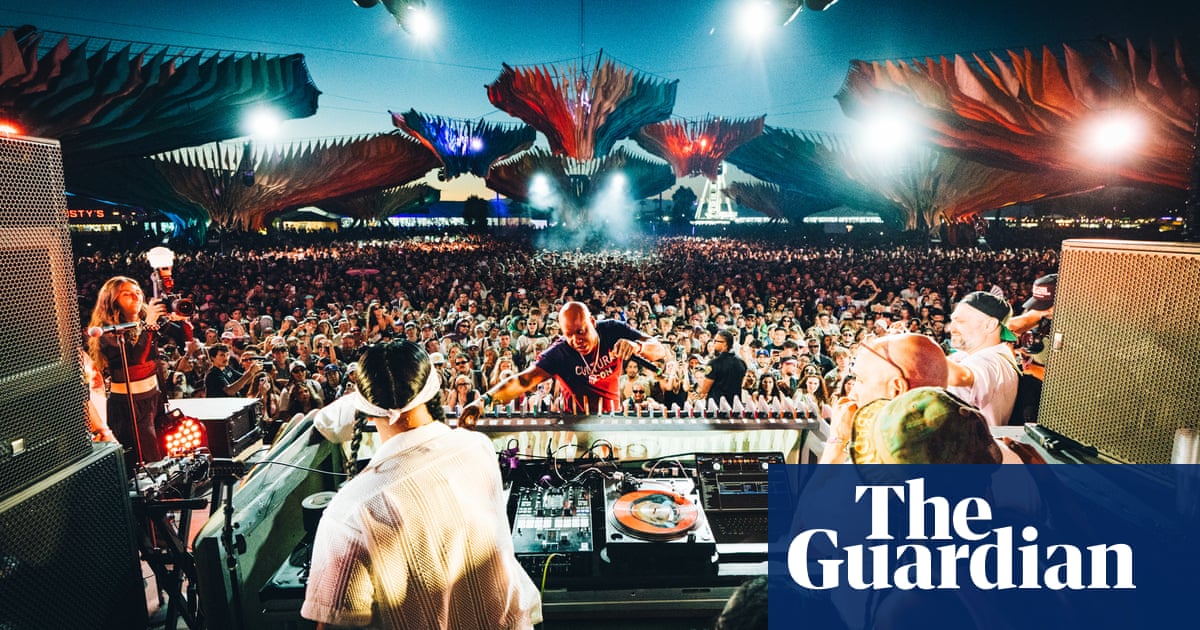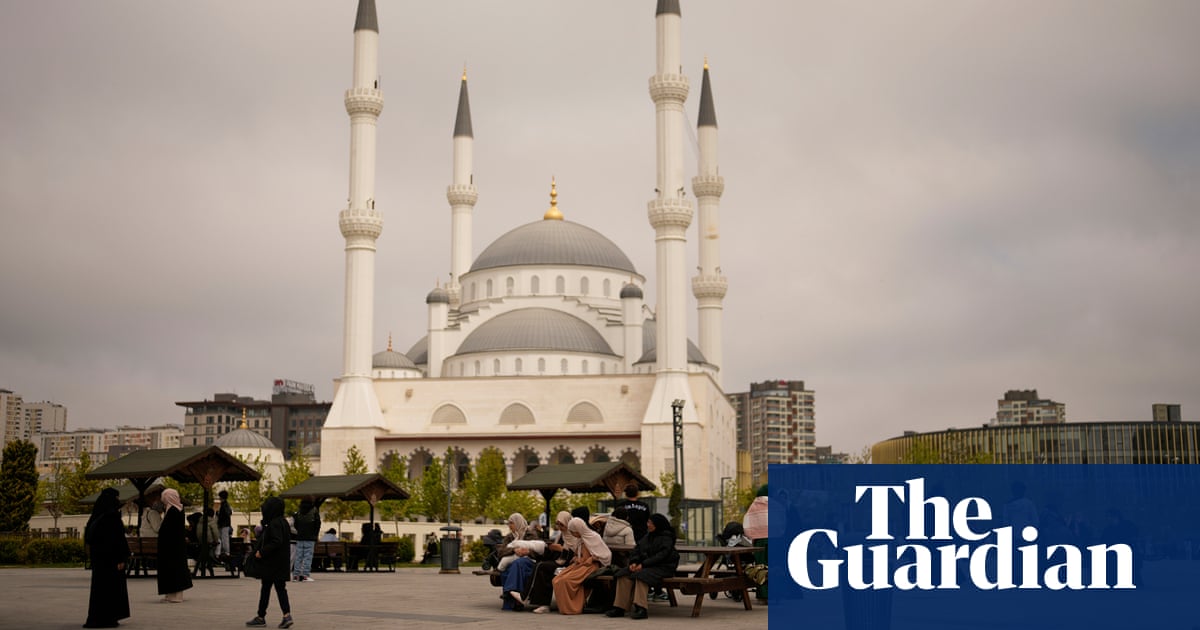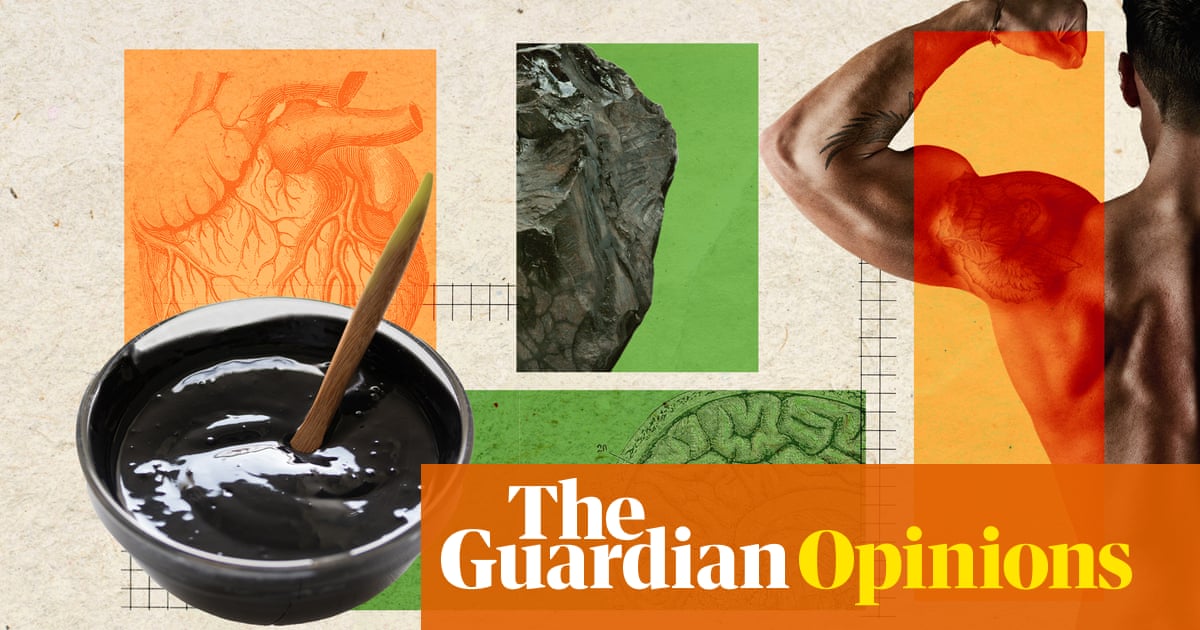“Sousdey chnam thmey!” a rider shouted in Khmer into a megaphone while sitting atop a float swaddled in US and Cambodian flags. “Happy new year!” parade-goers yelled back from the street.
Thousands of Cambodian Americans gathered to celebrate the Khmer New Year in Long Beach’s Cambodia Town district – the heart of the largest diaspora of Cambodians in the United States.
Traditionally, the new year is celebrated over three days in mid-April in south-east Asia at the end of harvesting season. This year’s celebration was the 17th annual parade organized by Cambodia Town Inc and also the 50th anniversary of the Khmer Rouge’s four-year reign of terror that began in 1975. Under a communist-led regime, more than a million Cambodians were murdered in mass executions known as the Killing Fields.
Throughout the 80s and 90s, Cambodians arrived in the US as refugees fleeing the violence of their home country and settled in Long Beach. Today, 4% or about 20,000 Long Beach residents identify as Khmer, the highest concentration of Cambodians outside of south-east Asia.
“The parade itself … shows resiliency and also shows the strength of our community that comes together,” said Sithea San, chair and co-founder of Cambodia Town Inc, one of the thousands of Cambodians who survived the genocide and arrived in the US as a teenager.
‘Our Cambodian food is unique’

Richer San, Sithea’s husband, said the parade originated from a push to bring resources and bring awareness to the Cambodian community along the Anaheim corridor back in 2005.
“One of the goals is to heal the survivors of the Killing Fields, and, of course, also to bring business to the small businesses in that area,” said Richer.
Sophy Khut, owner of Sophy’s: Cambodia Town Food & Music, had her hands full at the festival, slicing pre-marinated meat for their most popular item on the menu: beef skewers.
“Our Cambodian food is unique,” said Khut, 57, who started the restaurant after graduating from college and had to recruit some help to meet the demand. “We use a lot of healthy herbs like lemongrass, galangal, kaffir.”
Khut’s friend, Karen Ing, pitched in by skewering slices of meat for the grill. She said the food festival attracts Cambodians from all over in search of home and nostalgia. Unlike other Asian cuisines such as Korean or Chinese food, Cambodian food isn’t as readily available.
“ I don’t think anywhere else has Cambodian food at the moment,” Ing said of the distinct and vibrant food scene in Long Beach. But she’s been noticing that the festival is continuously growing year after year even amongst non-Cambodian audiences. “ We just don’t have that many in terms of population and exposure, so this festival gives that.”
On the festival stage, a rock band ensemble energized a crowd as they line danced to a medley of Cambodian classics from singers such as Sinn Sisamouth and Pen Ran – artists who had disappeared in the backlash against western music during the 1970s, but whose work survived and endures with music lovers.
‘We try to keep our culture going’

The cloudless day did not deter the intergenerational celebration as people danced in the streets along the parade route, Buddhist monks offered blessings, and rowdy children jumped around inflatable bounce houses. “ You can see on their face we call radical joy,” Sithea said.
Locals such as Teig Sida could watch the entire festivities from his front porch across, as the parade snaked through the streets of Long Beach, a coastal city in south-eastern Los Angeles county.
Sida, 60, remembers taking his children to the first parade in 2007 and now takes his grandkids. “I try to get rid of the past,” he said of surviving the Khmer Rouge. As he passes down traditions, he doesn’t want his family’s future to be defined by the trauma of the past.
“We try to keep our culture going,” Sida said as he waved to passersby while holding aloft a money tree he planned to donate to a temple later. “You have to remember where you’re from.”
Mental health is the other dimension of the parade’s importance for Richer and Sithea who are outreach coordinators with Pacific Asian Counseling Resources. Because of the war and trauma, some Cambodian survivors feel shame around the negative associations with their cultural identity and history, Richer said.
A 2005 study of Cambodians in Long Beach found that 62% of survivors had post-traumatic stress disorder, rates much higher than 4% for the general population. A third of Cambodian households in Long Beach live below the poverty line in comparison to 12% of Asian Americans overall in Los Angeles county, according to UCLA’s 2013 report on the state of Cambodia Town.
“ If you don’t have a good mental health. It will affect your physical health,” said Sithea.
Richer said that survivors like himself who have PTSD can unintentionally alienate their family members by refusing to talk about their trauma.
Their kids “ feel stressed because they didn’t understand why their parent react to a certain environment”, said Richer. But he said the parade offers an opportunity for families to address the past and to bond over their culture and history.
“The parade bring all of them. You see that they walk together, three generations,” said Richer.
‘We don’t want history to repeat’

Mila Kristensen was a baby when the Khmer Rouge took over Phnom Penh and was attending the Cambodian New Year festival with her nine-year-old daughter, Caija.
“It’s really fun,” said Caija of the festival. “ I can meet all my friends, make new ones and eat food that I don’t have at San Diego.” Mila and Caija had driven several hours that weekend to participate in the parade.
“ A lot of people still remember the history, but we don’t want the history to repeat to the next generation,” said Kristensen who lost her father in the genocide. A devout Buddhist, she holds on to her practice as a reminder to extend peace and love to the rest of the world and wants to pass that on to her daughter as well.
“ By having a happy moment celebrating Cambodian New Year is to remind the new generation: do not repeat the history, be happy, be blessful,” she said.
Sithea said she’s seen the festival and parade shift the narrative around Cambodian American identity away from shame for the community to one of belonging and healing intergenerational trauma.
“Some young generation, they don’t want to identify themselves as Cambodian because of the Killing Field,” Sithea said of Cambodians who have struggled with an identity crisis. “ But after the parade, they feel that they have pride.”
The festival has helped younger Cambodian Americans reconnect with their cultural roots. While older generations were wearing more traditional attire, like a sampot skirt tucked along the waist with a matching av pak blouse, gen Z youth paired casual streetwear with checkered silk krama scarves.
“ People didn’t let the whole war take away from how they feel about their culture and how they feel about the other people in their culture,” said Khloe Phornsovann, 16, whose paternal grandparents are Laotian from Cambodia. “It brought them together, if anything.”
Sean Soun grew up on the east side of Long Beach and encountered stereotypes about Cambodia being a poor country or people who didn’t recognize his background under the umbrella of Asian American identity. He appreciates how the parade presents the richness of his cultural heritage.
“It is good to have these types of festivals to show‘em what we’re really about,” said the 17-year-old high school senior. “I love how everybody loves our culture and they wanna be a part of it.”

 2 months ago
45
2 months ago
45





